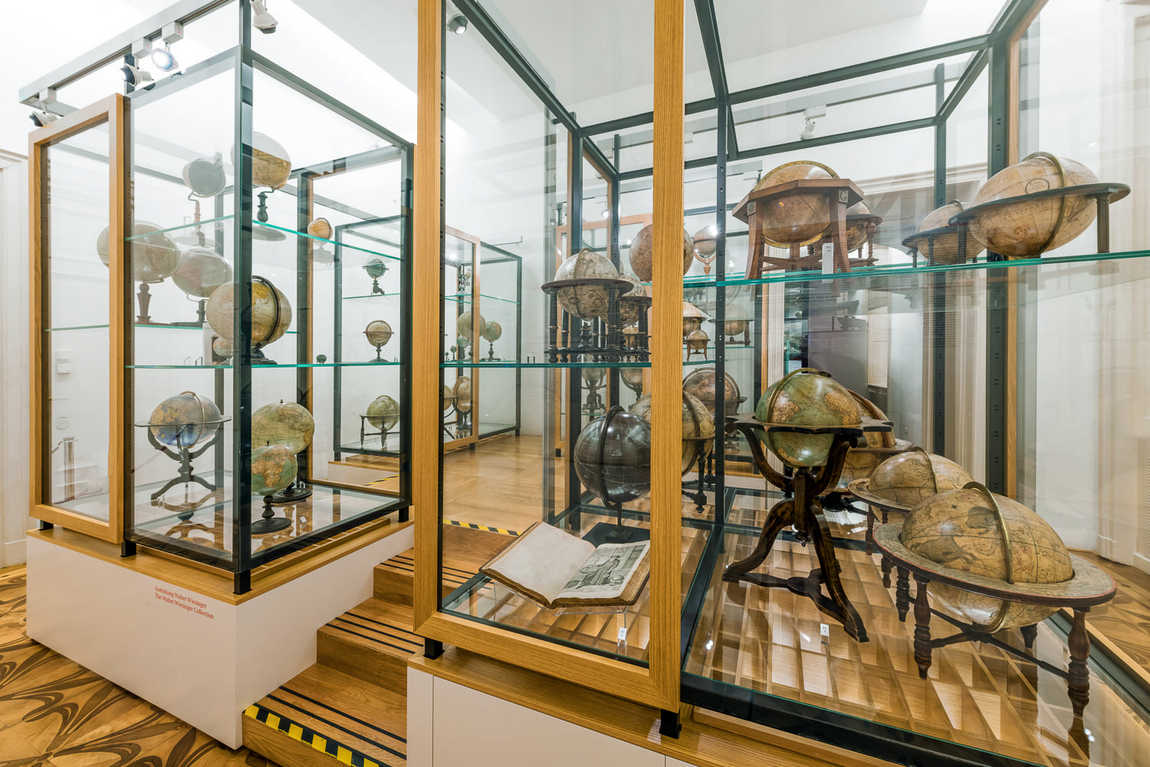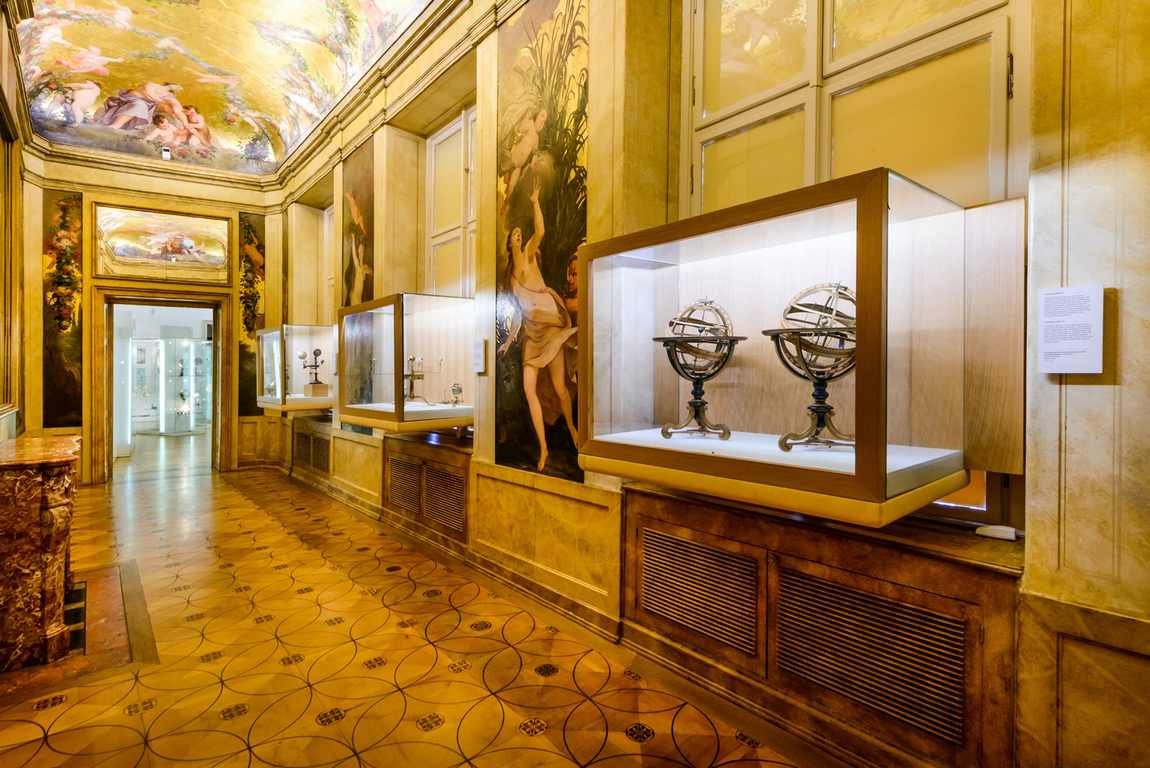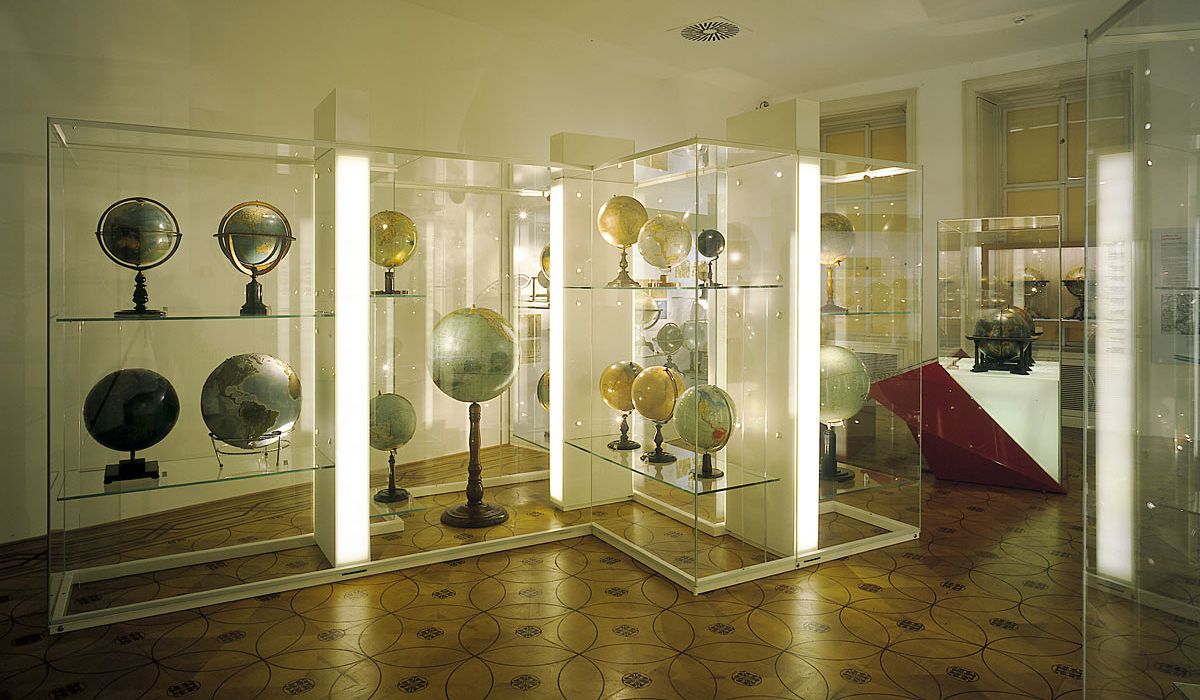The globe is turning, the continents are floating, the poles are white caps, the blue expanse of the seas and oceans is splashing, the islands are flashing... In a few seconds, you can travel around the world to any country. And how did the first globe come into being? Find out when you visit the Globe Museum in Vienna. Treat your child to an unusual geography lesson with 250 globes as teaching aids.

The Vienna Globe Museum opened in 1956, but its collection began long before that. Some globes were bought by Austrian emperors, others were made as gifts for the ruling family. You can see two globes given to Emperor Leopold I by the Venetian geographer and cosmographer Vincenzo Coronelli. Two other precious exhibits are the 16th century terrestrial and celestial globes by the Flemish geographer Mercator and the oldest globe in Austria (dated 1536) by the Dutch cartographer Gemma Frizius. There are currently around 700 globes in the collection, but only 250 are on display.

There is hardly a school that does not have a globe. But the director of the museum in Vienna pointed out that a three-dimensional model of the planet is a rare item. Nevertheless, there are globes of the Earth, the Moon and the starry sky. Some of the devices that resemble the frames of globes are armillary spheres, an astronomical tool for determining the coordinates of celestial bodies. There are other astronomical instruments in the Globe Museum, among which children will probably recognise the telescope.
The collection also includes 295,000 geographical maps from the 15th to 19th centuries, models of the Earth's surface and the solar system, topographical maps and a multi-volume collection of technical literature.
If the geography lesson went well, there are two more excursions in Vienna to complement this extra-curricular learning. The Palais Mollard-Clary, which houses the Globe Museum, is also home to the Esperanto Museum. And nearby is the largest papyrus museum in the world.











